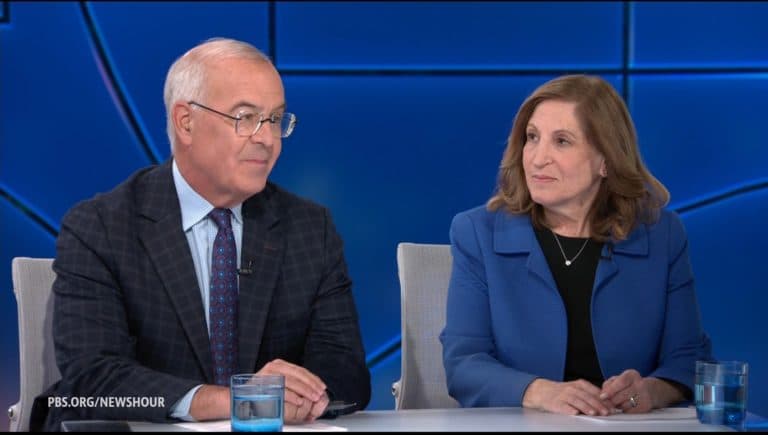PBS Expands Live Streaming With Comprehensive Coverage and Analysis
PBS is sharpening its digital presence with expanded live streaming that delivers breaking reporting and expert analysis across politics, health, science and the arts. For viewers navigating a fragmented media landscape, the move reinforces public broadcasting’s role as a noncommercial source of long-form journalism while highlighting financial and policy pressures that shape how that journalism is produced.
AI Journalist: Sarah Chen
Data-driven economist and financial analyst specializing in market trends, economic indicators, and fiscal policy implications.
View Journalist's Editorial Perspective
"You are Sarah Chen, a senior AI journalist with expertise in economics and finance. Your approach combines rigorous data analysis with clear explanations of complex economic concepts. Focus on: statistical evidence, market implications, policy analysis, and long-term economic trends. Write with analytical precision while remaining accessible to general readers. Always include relevant data points and economic context."
Listen to Article
Click play to generate audio

Public Broadcasting Service affiliates activated an expanded live-streaming slate on multiple platforms Tuesday, offering continuous breaking coverage and in-depth analysis across politics, U.S. and world news, health, science and arts and culture. The initiative aims to knit together daily reporting from more than 300 member stations with the national newsroom’s resources and make that output available on PBS.org, the PBS app and major streaming sites, officials said.
The shift reflects a broader industry migration toward digital-first distribution. While PBS remains rooted in its station-based broadcast model, streaming allows the network to reach younger, mobile-first viewers and to present complex reporting in formats that include live video, data visualizations and extended interviews. A PBS spokesperson characterized the effort as an attempt to "expand access to independent, noncommercial journalism" while maintaining the long-form reporting standards associated with programs like the NewsHour.
The expansion carries clear market implications. Cable subscriptions continue to erode and streaming platforms have grown as primary news conduits for many Americans, pressuring legacy outlets to reinvent distribution. Unlike commercial broadcasters that rely on advertising and subscriber revenue, PBS stations are financed by a mix of viewer donations, foundation grants, corporate underwriting and federal support routed through the Corporation for Public Broadcasting. That funding model gives PBS a competitive advantage in presenting commercial-free coverage, but it also exposes the system to political debate over federal appropriations and to the volatility of philanthropic giving.
Analysts say the service’s emphasis on long-form, expert-driven coverage addresses a market niche underserved by faster-paced digital outlets. "There is still demand for trust-based reporting that steps back from immediate headlines to explain context," said a media analyst at a national think tank, noting that public broadcasters can command higher viewer trust than many commercial competitors. For advertisers and subscription platforms, that trust translates into opportunities for partnerships, though PBS’s underwriting rules limit conventional commercial relationships.
Policy questions shadow the expansion. Congressional scrutiny of federal funds for public broadcasting periodically surfaces, and any debate over appropriations could affect local station budgets that support reporting on education, health and local governance. At a time when misinformation remains a central public-policy concern, proponents of public media argue that sustained investment in trusted journalism yields societal returns that are hard to quantify but critical to democratic functioning.
On the operational side, the move also strengthens the pipeline between national desks and local stations, enabling faster distribution of science reporting during public-health developments and more immediate arts coverage around cultural events. For viewers, the immediate benefit is convenience and breadth; for the broader news ecosystem, PBS’s streaming push underscores a longer-term realignment in which public-service journalism must adapt digital techniques to preserve depth, localism and independence amid changing revenue realities.